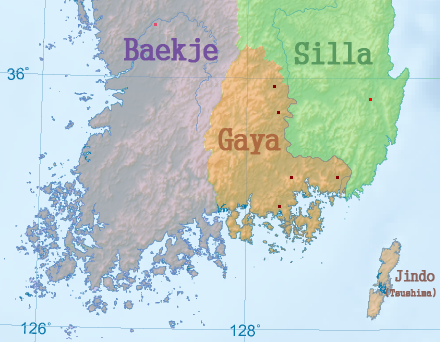|
Mimana
Mimana (), also transliterated as Imna according to the Korean pronunciation, is the name used primarily in the 8th-century Japanese text '' Nihon Shoki'', likely referring to one of the Korean states of the time of the Gaya confederacy (c. 1st–5th centuries). As Atkins notes, "The location, expanse, and Japaneseness of Imna/Mimana remain among the most disputed issues in East Asian historiography." Seth notes that the very existence of Mimana is still disputed. Usage of term The name (pronounced Mimana in Japanese, Imna in Korean, and Renna in Mandarin Chinese) is used over 200 times in the 8th-century Japanese text '' Nihongi''. Much earlier, it is mentioned in a 5th-century Chinese history text, the ''Book of Song'', in the chapter on the State of Wa. It is also used in two Korean epigraphic relics, as well as in several Korean texts, including ''Samguk Sagi''. Hypotheses on meaning The first serious hypothesis on the meaning of Mimana comes from Japanese scholars. Base ... [...More Info...] [...Related Items...] OR: [Wikipedia] [Google] [Baidu] |
Gaya Confederacy
Gaya (, ) was a Korean confederacy of territorial polities in the Nakdong River basin of southern Korea, growing out of the Byeonhan confederacy of the Samhan period. The traditional period used by historians for Gaya chronology is AD 42–532. According to archaeological evidence in the third and fourth centuries some of the city-states of Byeonhan evolved into the Gaya confederacy, which was later annexed by Silla, one of the Three Kingdoms of Korea. The individual polities that made up the Gaya confederacy have been characterized as small city-states. The material culture remains of Gaya culture mainly consist of burials and their contents of mortuary goods that have been excavated by archaeologists. Archaeologists interpret mounded burial cemeteries of the late third and early fourth centuries such as Daeseong-dong in Gimhae and Bokcheon-dong in Busan as the royal burial grounds of Gaya polities. Names Although most commonly referred to as Gaya (가야; 加耶, 伽耶 ... [...More Info...] [...Related Items...] OR: [Wikipedia] [Google] [Baidu] |
